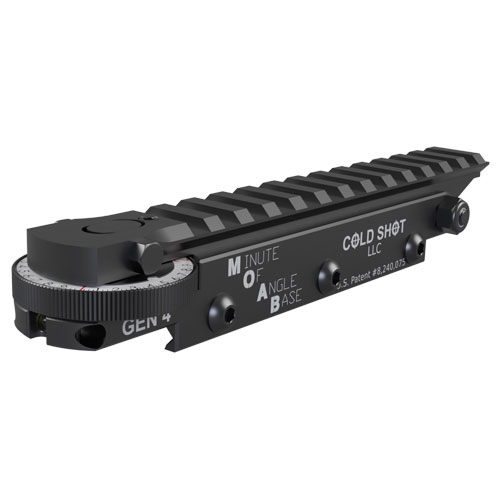
03 Sep How To Choose A Scope Base
When it comes to choosing a scope base, we often hear a common question: “Do I really need more MOA?”
Our short answer: if you are only planning on shooting 300 to 600 yards, a 0 MOA scope base will be all you need. But if you want to shoot to 800 yards and further, then you will need a 20/30 MOA scope base.
What is MOA?
MOA is the acronym for: Minute of Angle (MOA) is an angular measurement. Used to determine the accuracy in a rifle and scope combination and informs the marksman shot dispersion size in inches at 100 yards.
A MOA is 1/60th of a degree.
1 MOA spreads about 1″ per 100 yards. (actually 1.047″)
1 MOA is a different size at different distances, 8″ at 800 yards is still just 1 MOA.
Figure 1 M.O.A. Minute of Angle
What will having a 20 or 30 MOA Scope base do for me?
You want a scope that will give you the opportunity to shoot distances out to and beyond 800 yards. With some research, you’ve most likely narrowed your choices to some great scopes:
- Vortex PST Gen II 5-25X50 has a Max Elevation Adjustment of 70 MOA.
- Athlon ARES ETR 4.5-30X56 has a Total Elevation Adjustment of 110 MOA
- Athlon Argos BTR 6-24×50 has a Total Elevation Adjustment 60 MOA
- Nikon BLACK FX1000 6-24x50SF has a Total Elevation of 60 MOA
You may have heard “Get the Scope as Low as Possible to the Rifle” (read more in our CHOOSING THE CORRECT SCOPE RINGS article). “Why?” you ask? Well, the best answer is to minimize the amount of adjustment needed to zero the rifle.
When zeroing, the rifle is placed on a level base with the scope properly attached and adjusted to the shooter. To minimize the amount of time needed while zeroing, a shooter can use a laser placed in the muzzle (MAKE SURE NO AMMO IS PRESENT IN THE GUN) and it projects the beam out to a target 100 yards downrange. As the shooter looks through the rifle, they must adjust their scope up and either right or left to match the laser, if the scope is limited to 40 MOA of elevation adjustment, the shooter has now used half of that adjustment. By adding a scope mount with built in MOA, the shooter gains that elevation they would have lost during the initial zeroing of the rifle, thus being able to use the maximum elevation adjustment of the scope.
What is the difference between a 0 MOA base and a 20 or 30 MOA base?
A 0 MOA scope base will be level with the bore of the gun or flat. As you see in Fig, 3 the scope sits on the rail and with the manufactures settings will actually fall below the bore of the rifle if you were to shoot a laser through the scope or the rifle bore.
Figure 2 0 MOA vs 30 MOA.
Figure 3 O MOA Scope position.
Now depending on scope choice, as you ZERO the rifle you would lose up to half of the scope internal adjustability which in the long run would limit your ability to shoot longer distances. By increasing the mounts moa or the CANT you can eliminate using up precious scope adjustment while zeroing the scope to the rifle. So, adding a 20/30 MOA mount you increase the rifles ability to hit targets at further distances.
So, we add a 20 MOA mount to our rifle, the mount CANTS downward which will allow you to zero at greater distances. So, at 600 yards, a 20 MOA will place the scope .120” down or in the barrel up which ever perspective you want to use. So, one M.O.A. would equal 1” at 100 yards, 6” at 600 yards. You then add your choice of scope, like the Athlon ARES ETR 4.5-30X56 has a Total Elevation Adjustment of 110 MOA.
Because we have a 20 MOA base, we now have the full elevation Adjustment of the scope, this allows us to shoot out beyond 600 yards and for that fact beyond 1000 yards utilizing the scopes.
Figure 4 20 MOA and the arc of the projectile.
Figure 5 Close up of a rifle and 20 MOA base.
Now, how much MOA or adjustment does someone need to shoot 1000? Now, this hinges on one important factor; caliber! So, to explain this we will rely on the venerable 308 Winchester as our base rifle caliber, it is loaded to shoot a projectile (another requirement) 175 grains in weight at 2600 FPS (feet per second), there are other factors, we just want to cover the basics. This projectile will require 39 minutes of UP travel from a 100 yard zero to 100 yards. Now our scope has 110 total minutes of angle built into the internal adjustments, if we had a 0 MOA mount, we would only have 90 MOA adjustment left, so this scope could be used to reach out to 1000 yards on a 0 MOA base, but as mentioned above, an Athlon Argos BTR 6-24×50 with a Total Elevation Adjustment of 60 MOA would leave us a 40 MOA of internal adjustability. By utilizing a 20 MOA base, we do not loose any internal adjustability, if we were to mount a 30 MOA, then we are actually adding an additional 10 MOA to the ability of any scope we choose. This in the long run will allow the shooter a longer distance capability then just using a 0 MOA scope base.
Now there are many other ways to add additional MOA to the scope without changing the mount. You can purchase rings that are manufacture in sets with 15/40 MOA built into them. While these are available, they are not as easy to find.
Figure 6 Scope rings with adjustable MOA
Another option is to purchase a one-piece mount like the Seekins Precision Scope mount from https://www.anarchyoutdoors.com/seekins-precision-20-moa-30mm-cantilever-scope-mount/ which comes with 30MM rings and the built in 20 MOA base.
Figure 7 Seekins 30MM 20 MOA mount.
One other choice on the market and for the extreme long-range shooter, is the Cold Shot M.O.A.B. Cold Shot is an adjustable base that has the ability to increase the minute of angle from 0 to 300 MOA or 0 to 144 MILS if that is your preference.
Figure 8 Cold Shot M.O.A.B. 0 to 300 MOA adj.
Do I really need more MOA?
This comes down in the end to what your plans are with the rifle. If your only plan is to shoot 300 yards to 600 yards, then no, you do not need a 20 MOA base. But if your choice is to get out and stretch the envelope then adding a 20 or 30 MOA base is just one step to the realization.
As we have discussed, you will need a scope that has the capability to meet that desire. Selecting a scope that only has 40 or 60 MOA total elevation adjustment internally will end up limiting you. Additionally, you will need a scope that comes with a high clarity of glass, open turrets in MOA or Milliradian, easy focus adjustment and a great warranty. Without these, you run the risk of missing those long shots. When selecting your scope, please thoroughly read the model specifications supplied by the manufacture. If the specifications do not include terms like adjustment range per rotation of the turrets or total elevation/windage adjustment, then you run the risk of buying an inferior scope.
Selecting the correct base, the correct size of rings and a scope that meets your goals will make life easier in the long run. The base in which the scope rests on is that starting point. By selecting at least, a 20 MOA base, you will have the ability to meet most base objectives in shooting, it will also give the shooter an opportunity to increase their capability without much effort.
To help you with that, give Anarchy Outdoors a call at (833) 980-0333 Mon to Sat: 8am – 5pm (MST) Sunday Closed or email them at support@ackproducts.com.
Also, you can visit the website at https://www.anarchyoutdoors.com/.


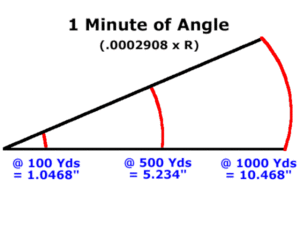


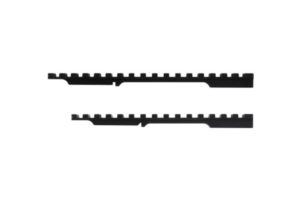

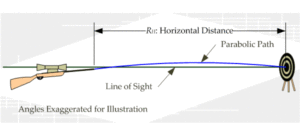

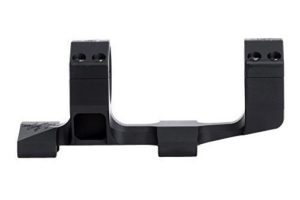
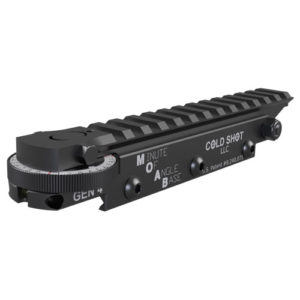
Keith Ponton
Posted at 19:33h, 11 SeptemberA really great explanation of how and what you need to consider when picking a scope . I’m printing this to give to all my friends just getting into rifle shooting..thank you, Keith